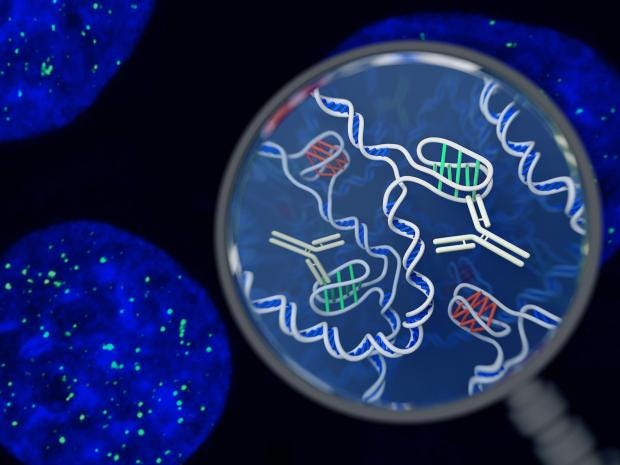
Artist’s impression of the i-motif DNA structure inside cells (strands with green bars), along with the antibody-based tool used to detect it (Y-shaped yellow structure) Chris Hammang
Scientists have tracked down an elusive ‘tangled knot’ of DNA. In a world first, Australian researchers have identified a new DNA structure – called the i-motif – inside cells. A twisted ‘knot’ of DNA, the i-motif has never before been directly seen inside living cells. The new findings, from the Garvan Institute of Medical Research, are published today in the leading journal Nature Chemistry.
Deep inside the cells in our body lies our DNA. The information in the DNA code – all 6 billion A, C, G and T letters – provides precise instructions for how our bodies are built, and how they work...
Read More









Recent Comments